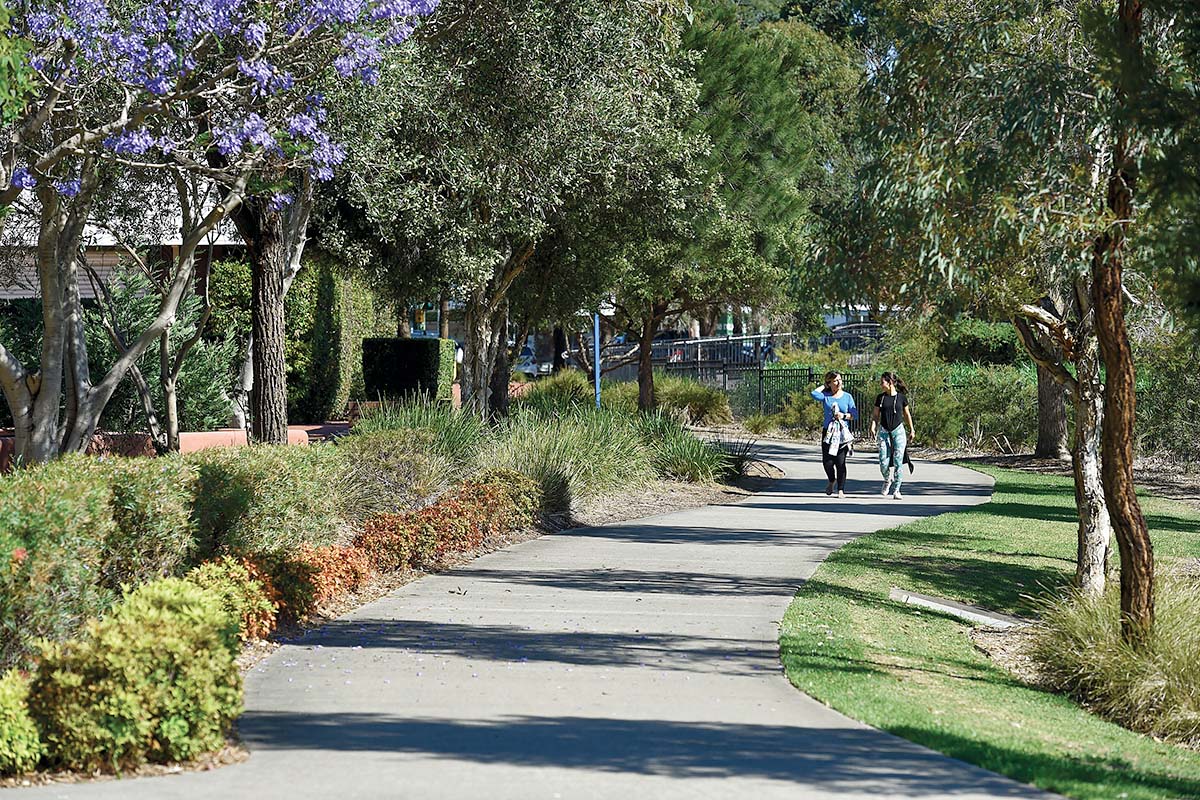Local infrastructure contributions, also known as developer contributions, are charged by councils when new development occurs.
They help fund local infrastructure like parks, community facilities, local roads, footpaths, stormwater drainage and traffic management that are delivered by these councils.
Councils administer the local infrastructure contributions system. If you have questions about specific contributions plans or contribution rates please contact the relevant council.
The state government sets the policy under which councils collect and administer contributions. This policy includes legislation, ministerial directions and practice notes.
There are 3 types of local infrastructure contributions:
Section 7.11 contributions
Charged where there is a demonstrated link between the development and the infrastructure to be funded.
Councils prepare contributions plans that specify what infrastructure will be provided and approximately how much it will cost. This is used to calculate a contribution rate, usually charged per dwelling or per square metre.
Section 7.12 levies
An alternative to s7.11 contributions and charged as a percentage of the estimated cost of the development.
The maximum percentage that can be charged in most areas is 1%. A small number of areas charge a higher percentage.
Planning agreements
A legal agreement negotiated between a developer and a planning authority to deliver an infrastructure outcome.
More information
Read the Guide to infrastructure contributions – 2025 (PDF, 449 KB) for an overview of the contributions system.
Go to Local infrastructure contributions practice notes for more detail.
